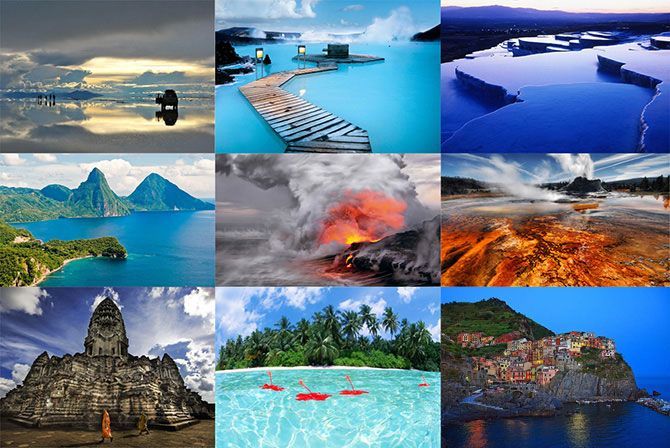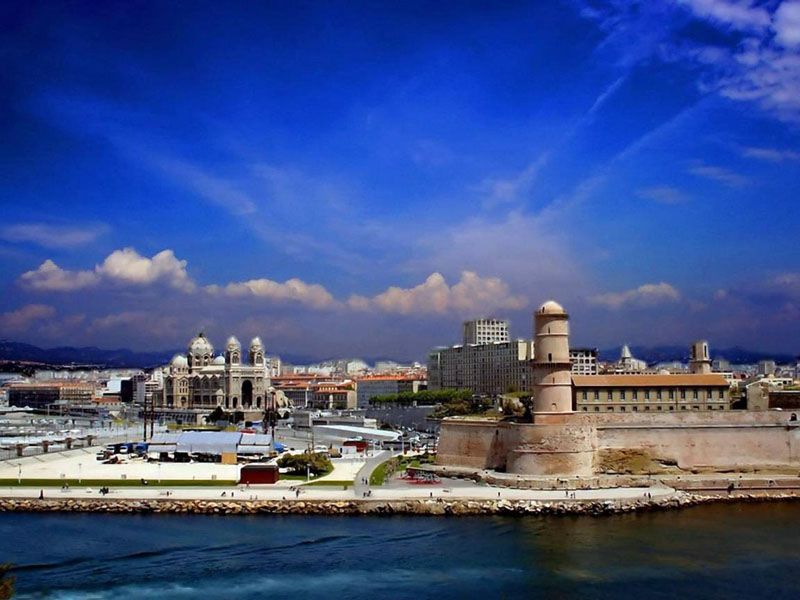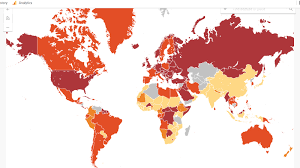Категории
Последние статьи
Як замовити автобус в Україні: повний гі…

20 Ноя 2025 Просмотров:78
У сучасному світі оренда автобуса вже давно перестала бути складним процесом. Все частіше організатори поїздок,...
А знаете ли вы что?
Молнии приносят пользу. В своем «молниеносном» полете они успевают выхватить из воздуха миллионы тонн азота, «связать» его и направить в землю. Это бесплатное удобрение обогащает почву, на которой растут злаки.Вход
| Категория: О путешествиях |
| 03.11.2025 09:11 |
|
Currently, 21 countries have been issued a "Do Not Travel" warning. Understanding why these countries are on this list, the risks involved, and how to navigate this information is critical for anyone thinking about traveling abroad. Whether you’re planning a vacation, a business trip, or simply curious about travel safety, it’s essential to know the reasons behind these warnings. In this article, we will explore the specific countries with these warnings, understand the dangers involved, and provide tips for staying safe when considering travel to high-risk regions. Read on to learn more about the dangers and how to make informed decisions before booking your next international journey. Why Do Travel Warnings Matter?Understanding why certain countries receive a "Do Not Travel" warning is vital for any traveler. Travel warnings are not just precautionary—they are based on thorough risk assessments by global agencies such as the U.S. State Department. These advisories are issued to protect citizens from life-threatening dangers, including civil unrest, terrorism, and natural disasters. When you travel to these regions, you may find yourself in situations where emergency services are stretched thin or there is no access to necessities.
Suppose you're planning to stay connected while traveling. In that case, tools like the Instagram Highlights Viewer can be a great way to access social media content safely, even when navigating through countries with high security risks. Always ensure you're aware of local privacy laws when accessing such platforms. 21 Countries with Current 'Do Not Travel' WarningsThis is the heart of the article, where we examine the countries currently on the "Do Not Travel" list. From war-torn regions to areas plagued by severe health crises, each of these countries presents its own unique set of challenges. By exploring the reasons behind each warning, travelers can make informed decisions about where they should—or should not—go. Countries with Political Unrest and Armed ConflictsNations like Afghanistan, Syria, and Yemen are in the midst of civil wars or other significant political turmoil, putting travelers at risk. Countries Affected by Severe Health CrisesOutbreaks of diseases such as Ebola or the COVID-19 pandemic have made countries like the Democratic Republic of the Congo and Nigeria risky destinations for travelers. Countries at High Risk of TerrorismCountries such as Iraq and Somalia have been flagged due to the ongoing threat of terrorism and violent extremism. Countries Experiencing Natural Disasters or Environmental HazardsSome nations are in the midst of environmental hazards, such as flooding or earthquakes, which make them dangerous to visit, such as in Venezuela and Haiti. Countries with High Crime and Civil UnrestCountries like Venezuela, South Sudan, and others have been hit by high crime rates and civil unrest, which can jeopardize your safety. If you’re looking to catch up on social media content during your travels, using tools like the Twitter Video Downloader can help you save videos from Twitter for offline access, even when roaming in areas with unreliable internet. Steps to Take if You Must Travel to a 'Do Not Travel' CountryIf your travel plans are affected by a "Do Not Travel" warning, don't panic. There are steps you can take to protect yourself while still completing your journey. It's important to stay calm and make proactive decisions to reduce the risks.
If you plan to remain connected and up to date with the latest developments while in high-risk countries, having tools like the Instagram Highlights Viewer or Twitter Video Downloader can help you access important information and social media content, even when you're unable to access platforms directly due to government restrictions. Tips for Safe Travel in High-Risk AreasIf you must travel to a "Do Not Travel" country, there are several proactive measures you can take to minimize risks. Safety is your top priority, so make sure you're prepared for any situation by following these tips.
ConclusionIn conclusion, while some travelers may be drawn to adventure in high-risk regions, the safety risks involved in traveling to countries with a "Do Not Travel" warning cannot be underestimated. These warnings are not just suggestions—they are based on concrete data and aimed at safeguarding travelers from harm. By staying informed, preparing properly, and always prioritizing safety, you can make more informed decisions about your travel plans. If the risks outweigh the rewards, it's always better to seek safer destinations. FAQ’sWhat does a 'Do Not Travel' warning mean? How can I check the latest travel advisories? Can I still travel to a 'Do Not Travel' country if it's essential? Are there any exceptions to the 'Do Not Travel' warnings? What should I do if I’m already in a country with a 'Do Not Travel' warning? Вам может быть интересно
|
Путешествуем по миру
Города и страны, где живут самые красивые женщины …

Издание Travelers digest на протяжении нескольких лет проводило опрос среди мужчин, которые часто бывают в...
Канны - французский город фестивалей

Канны - это наикрасивейший туристический город Франции! Город всевозможных развлечений. Это город - "праздник"! Сюда...
Пляжный отдых на Гоа, плюсы и минусы

Курорт Гоа - истинно неоднозначный. Просторы интернета просто переполнены противоположными мнениями об отдыхе на Гоа:...
Опечатка?
Выделите текст и нажмите Shift+Enter.
И мы в ближайшее время ее исправим!








 In today’s world, travel has become an essential part of life, whether it’s for business, leisure, or exploration. However, safety should always come first when planning international trips. That’s why the U.S. State Department issues travel advisories, including the stern “Do Not Travel Warning,” which flags countries with significant risks. These advisories help protect travelers by identifying regions that pose dangers due to factors like political instability, terrorism, civil unrest, or health emergencies.
In today’s world, travel has become an essential part of life, whether it’s for business, leisure, or exploration. However, safety should always come first when planning international trips. That’s why the U.S. State Department issues travel advisories, including the stern “Do Not Travel Warning,” which flags countries with significant risks. These advisories help protect travelers by identifying regions that pose dangers due to factors like political instability, terrorism, civil unrest, or health emergencies.



